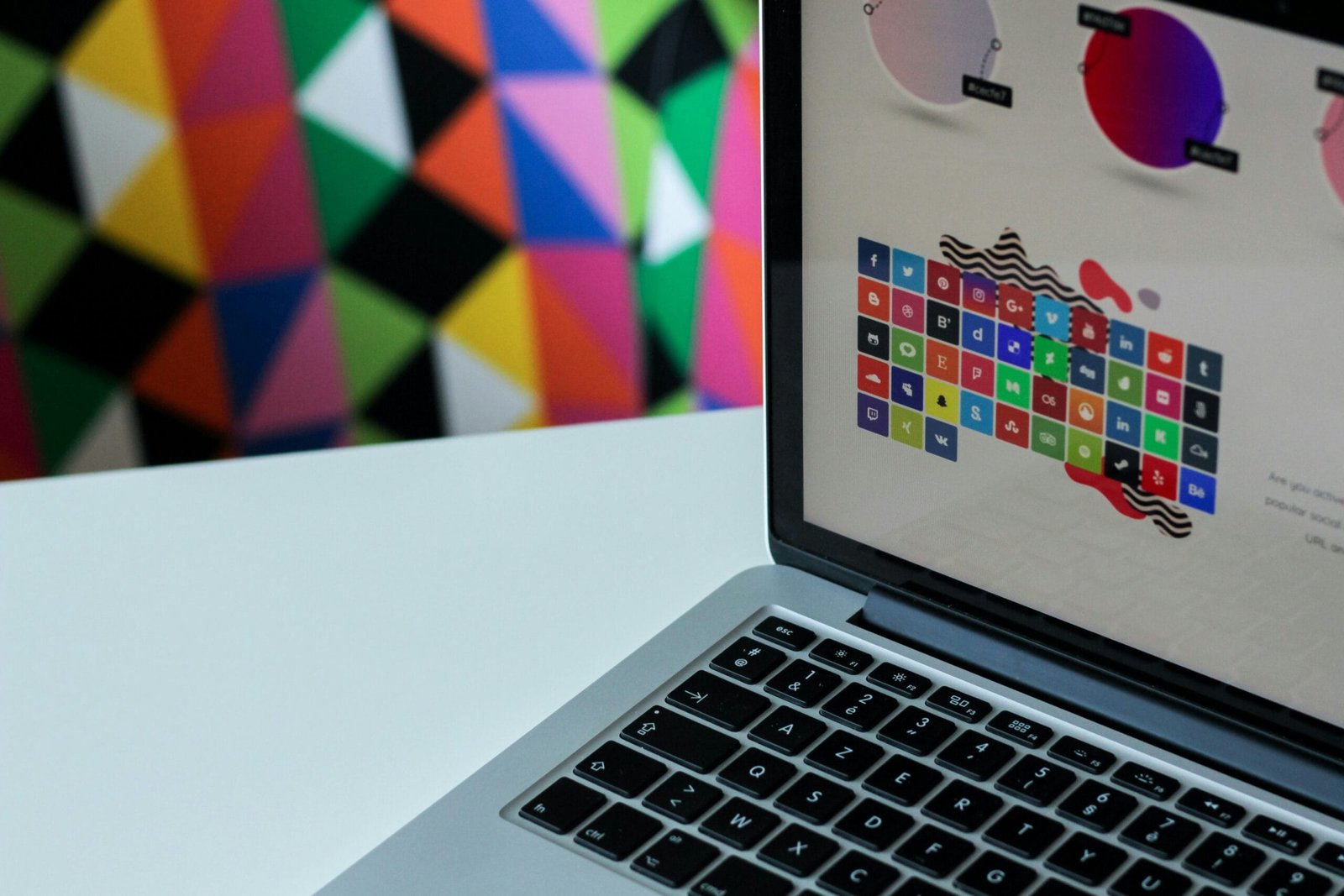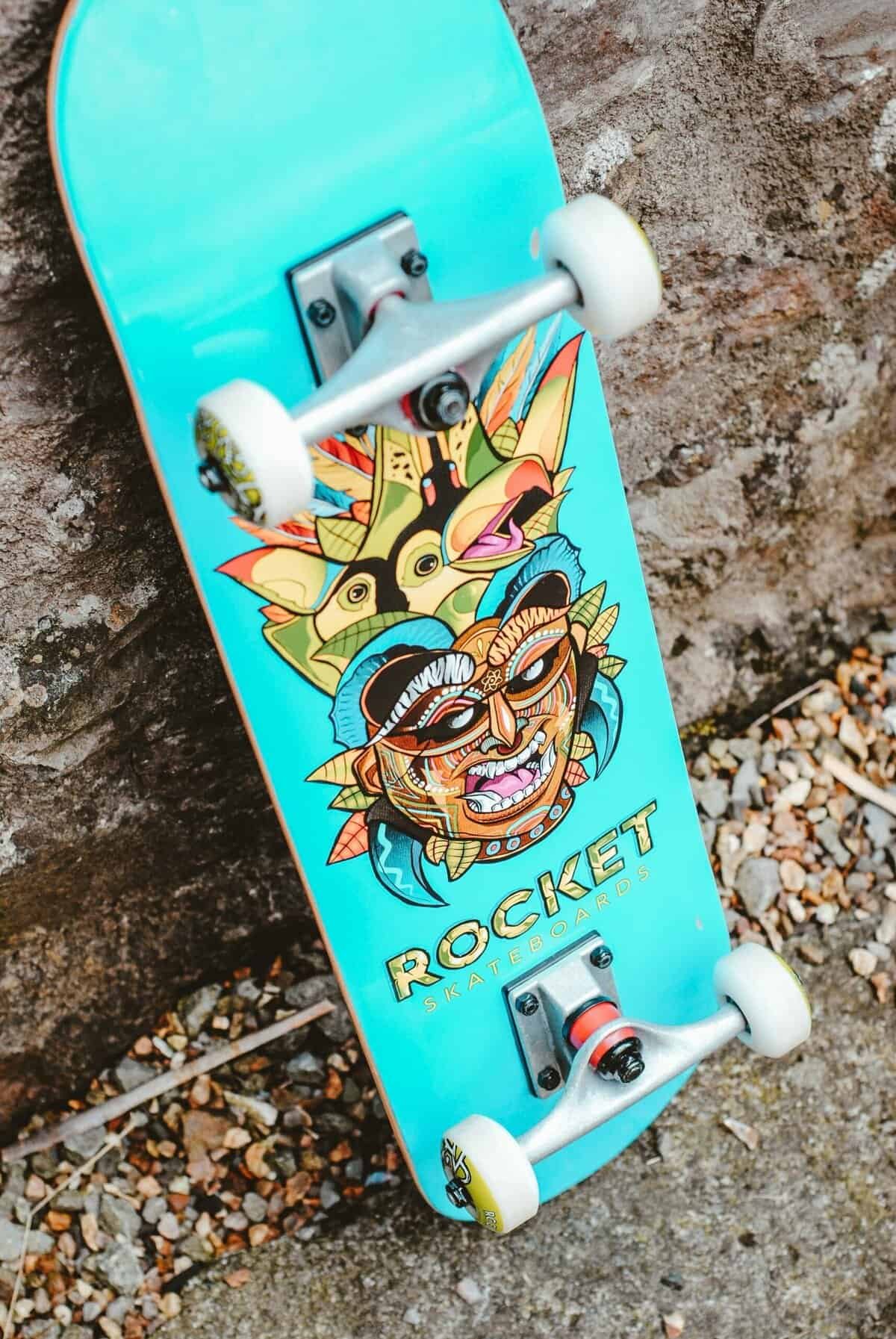Have you ever wondered why skateboarders are so particular about their boards, especially the shape of the deck? It may seem like a minor detail to the untrained eye, but the shape of a skateboard deck plays a significant role in the performance, comfort, and style of a skateboarder. Whether you’re a seasoned skateboarder or just curious about the sport, understanding the nuances of skateboard deck shapes can deepen your appreciation for this energetic and creative activity.

Understanding Skateboard Decks
Before you can grasp the importance of deck shape, it’s helpful to understand what a skateboard deck is. The deck is the flat board you stand on when skateboarding. It’s crafted from multiple layers of wood, usually seven, which provides durability while maintaining lightness. Although constructed in seemingly similar ways, skateboard decks can vary in length, width, and shape, each aspect impacting how the board performs.
Components of a Skateboard Deck
A skateboard deck consists of several key components:
- Nose and Tail: The nose is the front part of your skateboard, while the tail is the back.
- Concave: This refers to the curvature across the width of the skateboard deck. The amount and type of concave can affect how the board responds to your movements.
- Wheelbase: This is the distance between your skateboard’s front and back trucks, playing a role in stability.
Each part of the skateboard deck interacts with the shape to create different performance outcomes. Let’s explore how.
Why Shape Matters
The shape of the skateboard deck influences everything from the way you perform tricks to your comfort while riding, and even how you turn. Skateboard decks come in a wide variety of shapes, designed to cater to various styles of skateboarding such as street, park, cruising, and downhill. Choosing the right shape enhances your skateboarding experience and makes learning and performing tricks easier.
Influencing Factors
Several factors contribute to why a skateboarder might prefer one shape over another:
- Skateboarding Style: Different shapes support different styles such as technical tricks or speed.
- Personal Comfort and Control: Your personal preference for how a board feels and responds underfoot.
- Functionality: The ability of the board to perform certain tricks or navigate specific terrains effectively.
Understanding these factors can help you make a more informed decision about which skateboard deck shape is best for you.
Types of Skateboard Shapes
There are various shapes available, each with unique characteristics aiding specific skateboarding disciplines. Whether you’re planning to shred the skate park or cruise along the beach, there’s a perfect board shape matching your needs.
Classic “Popsicle” Shape
The most common shape you’ll see, especially with street skaters, is what’s often referred to as a “Popsicle” deck. This shape is symmetrical with rounded noses and tails, making it highly versatile for all types of skateboarding.
- Best For: Street skating, technical tricks, and park riding.
- Benefits: Offers balance and flexibility in movement, making it ideal for tricks.
Cruiser and Longboard Shapes
These decks tend to be longer and wider, providing a stable platform that’s great for cruising or downhill rides. They generally have little to no concave, focusing on comfort and long-distance travel.
- Best For: Cruising, transportation, and downhill skateboarding.
- Benefits: Provides stability and comfort over long distances and rough terrain.
Old School Shape
With a wider nose and tail, and often a flat or barely noticeable concave, the old-school decks provide a nod to the early days of skateboarding. They’re great for pool or vert skating.
- Best For: Pool skating and vert ramps.
- Benefits: Added width gives more control and stability for sharp turns.
Shaped or Custom Decks
These decks deviate from the traditional shapes, providing a more experimental or artistic appearance. Often, they incorporate aspects of both cruiser and popsicle shapes.
- Best For: Skateboarders looking to personalize their riding style.
- Benefits: Offers unique aesthetics and personalized riding experiences.
How Deck Shape Influences Performance
Now that you’re familiar with the different shapes, it’s time to dive into their impact on performance. The shape affects your board’s responsiveness during tricks, speed, and stability.
Trick Performance
The shape of a deck can significantly impact how tricks are executed:
- Concave Depth: A deeper concave can provide more control, enabling quicker flips.
- Tail and Nose Shape: Symmetrical shapes like the Popsicle can aid in nollies and fakie tricks.
- Width: A wider deck can offer stability for landing tricks and combos.
Speed and Stability
Deck shape also plays a critical role in how speedy and stable the board feels:
- Wheelbase Length: Shorter wheelbases provide quicker responses, whereas longer ones offer more stability.
- Length: A longer deck stabilizes your ride and smooths out reactions at high speed.
- Width: A wider board is typically slower to flip but offers more stability at speed.
Riding Style and Comfort
Your comfort and riding style are deeply influenced by the deck shape:
- Foot Placement: Concave depth and deck width influence how your feet grip the board.
- Personal Preference: Different shapes can feel more natural based on your individual stance and posture.
- Balance: Wider decks can provide more room for foot adjustments, aiding balance.

Choosing the Right Skateboard Deck Shape
Selecting the right skateboard deck shape is a personal journey that depends on your experience level, preferred style of skating, and terrain. Here’s a simple guide based on these parameters:
Beginner’s Guide
As a beginner, you might want to try a classic Popsicle shape due to its versatility and balance. It’s ideal for learning the basics and adapting to various styles of skateboarding.
Advanced Skaters
If you’re an advanced skater, your deck choice might lean toward specialized shapes that complement and enhance your skill set. You may prefer an advanced curve for technical tricks or a longboard for downhill speed.
Type of Terrain
Consider the terrain where you’ll primarily skate:
- Street and Urban: Opt for Popsicle shapes for their maneuverability.
- Smooth Parks: A slightly heavier or larger deck might provide added stability.
- Rough Terrain: More expansive, flatter decks with larger wheels are ideal for sand or poor pavement.
Making the Decision
Choosing the right deck shape involves a balance between analytical decision-making and personal preference. Here are some tips:
Try Before You Buy
Whenever possible, testing out various skateboard shapes at local skate shops or borrowing friends’ boards can provide firsthand experience.
Consider Frequent Riding Locations
Think about where you’ll be skating most often. Your regular spots can guide your choice in deck shape based on their unique requirements.
Factor in Your Personal Style
Finally, consider your personal style and comfort level. Skateboarding is as much a reflection of individuality as it is a sport. The shape should ultimately feel like an extension of your style and purpose.

Final Thoughts
The journey in understanding the importance of skateboard deck shape reveals just how significantly they impact performance and enjoyment. Whether you’re executing complex tricks, cruising leisurely, or conquering steep hills, the right shape can elevate your skateboarding experience to new heights. When considering your next skateboard deck, remember that it’s not just about aesthetics or trends—it’s about finding that perfect fit that resonates with your skateboarding journey. Happy skating, and may your new deck bring you endless fun and adventure!

